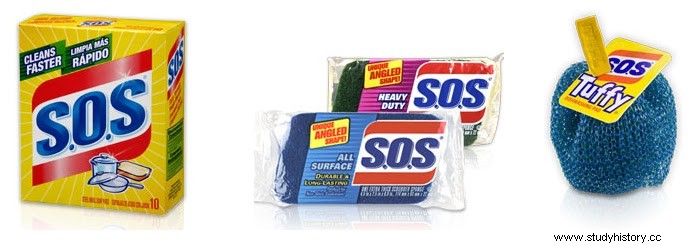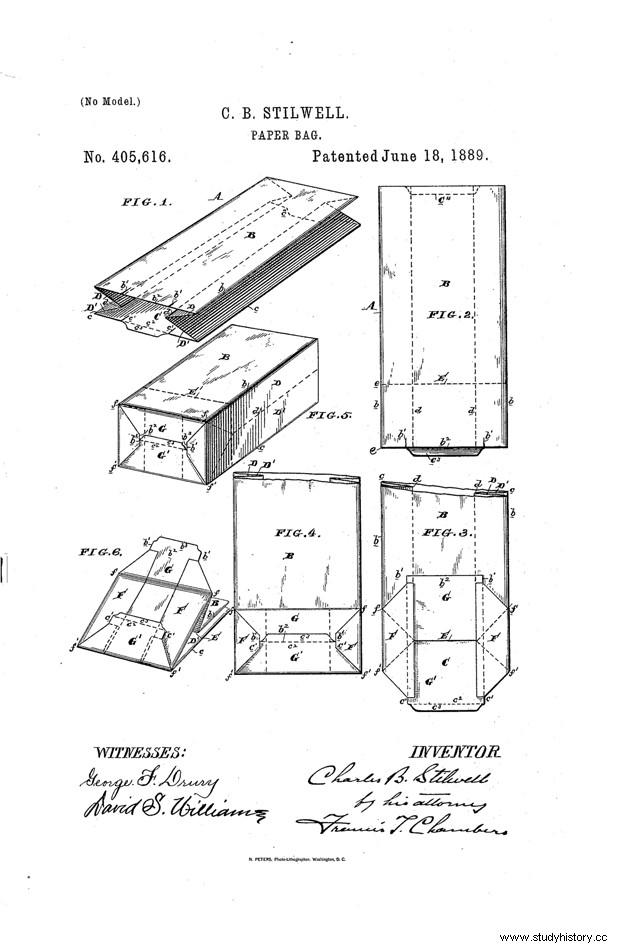Although in the first third of the 19th century the European nobles were already exchanging their cutlery and crockery made of precious metals for those made of light aluminum, their price was still prohibitive for them to become popular. It would be necessary to wait until the end of the century, and thanks to the processes of obtaining it through electricity that lowered the production costs of aluminum, so that the American Charles Martin Hall consider making kitchen utensils, especially pots, from this new element. Those new products were marketed under the brand name Wear-Ever (never wears out), which still exists today. Of course, at first it was difficult to convince American housewives to change their old iron cookware. So it became necessary to go door to door…

Charles Martin Hall
One of these door-to-door salesmen, specifically in San Francisco, was Edwin W. Cox . Since his commission depended on sales, and too many women were slamming doors in his face, he had to figure out something to get the housewives to let him into their kitchens, because he knew that if he could show them the chances of placing new kitchen batteries in them increased exponentially. He opted for an easy expedient and one that has always worked…a free gift if they let him show them, regardless of whether they bought or not. But Edwin wanted to be original, the gift would be something that could make life easier for housewives. From her own experience in his house, his wife always complained about how cumbersome it was to clean food stuck in pots and pans. Said and done, square scourers made of steel filings impregnated with dry soap (tear off the stuck food and, at the same time, clean the container). After trying it at home, Edwin took to the streets with his kitchen batteries… and soapy scouring pads. The gift opened many doors for him and, logically, the sales of cookware increased. In a few months, his life changed; but not because of the number of aluminum pots that he sold, which he also sold, but because of the orders for… scouring pads! . His kitchen was too small to produce the demanded volume and in 1917 he decided to leave the door-to-door sale of aluminum pots to focus on the manufacture of soapy scouring pads.

The product was good and it worked, now all that was needed was to give it a cool name and define what it was or what it was for. And here it was his wife who gave him the idea when she told him that scouring pads saved saucepans… Save Our Saucepans (save our pans). The acronym SOS , like the international distress signal, became the brand of the first scouring pads that still exists today.

The first paper bags had some drawbacks, such as the fact that they were made by hand, which increased their cost, they did not have defined folds and, above all, the shape of the bottom prevented them from standing up. Until in 1883 the American Charles Stillwell he invented a machine to make them that, logically, greatly reduced production costs. In addition, these new paper bags had a flat bottom, which allowed them to stand up, and defined folds to fold them easily and store them taking up minimal space. But what would give these bags their name was their opening... with a simple shake of the wrist the bag opened instantly and with all its width. That's why they were called SOS , acronym for Self-Opening Sack (automatic opening bag).
At the beginning of the 20th century, all supermarkets in the US offered their customers Charles Stillwell bags.
Source :Our everyday things – Charles Panati
